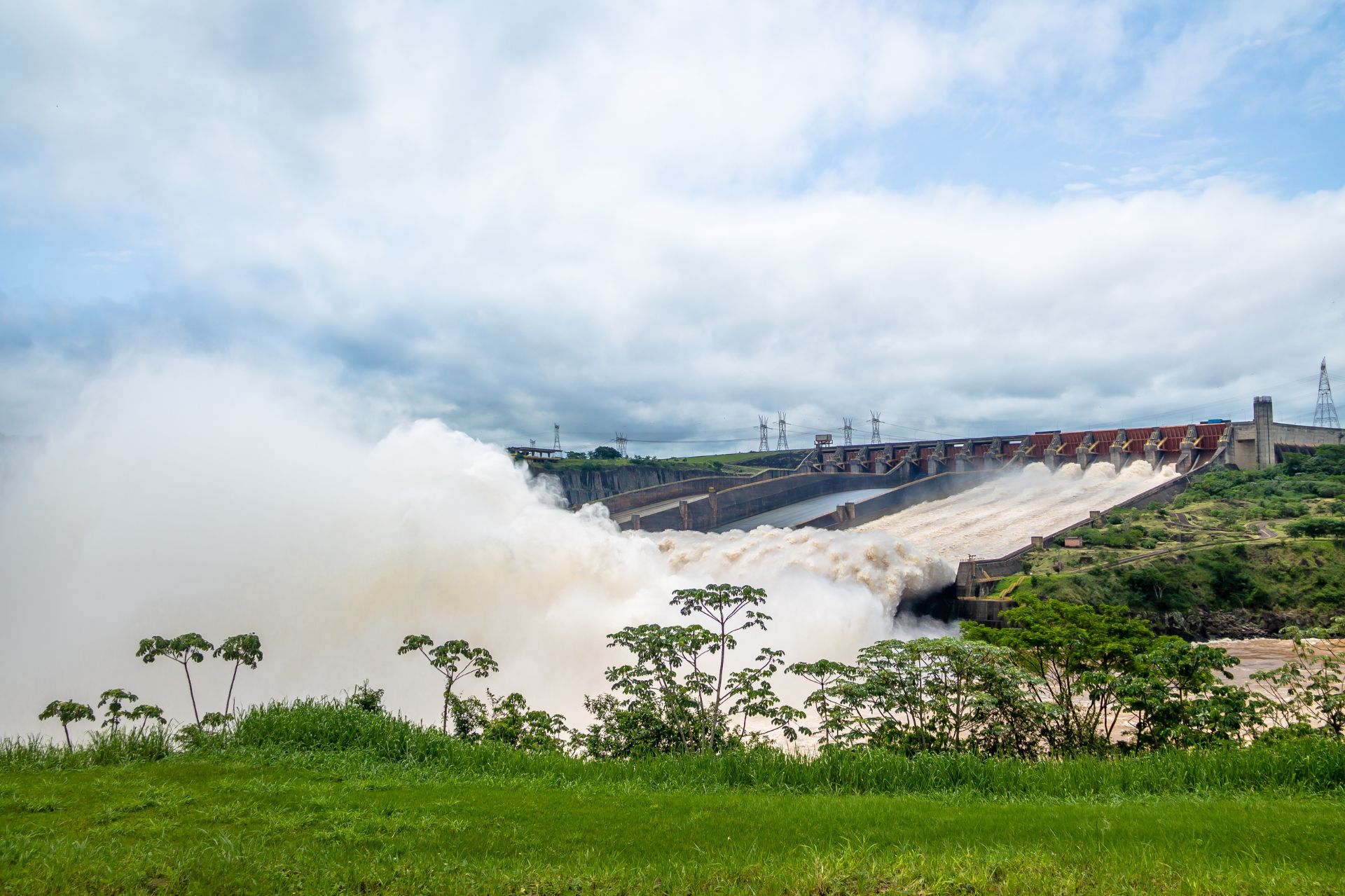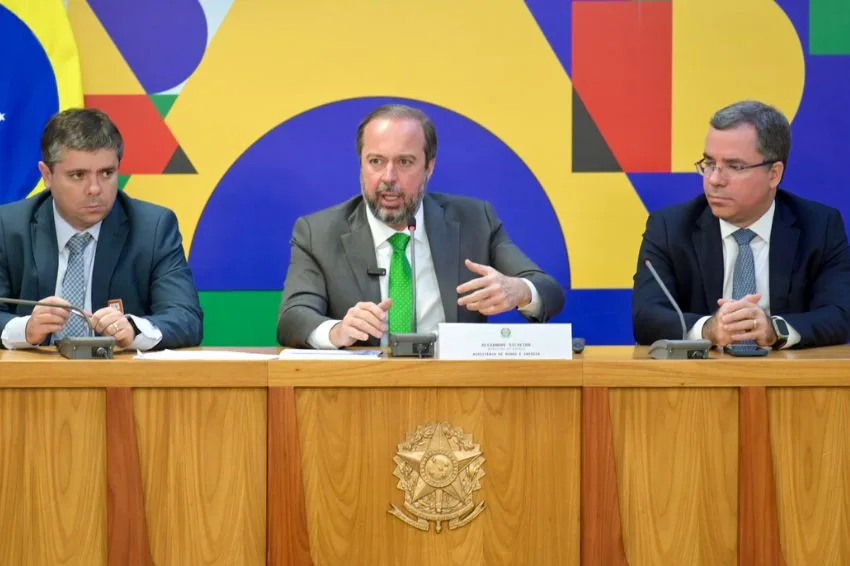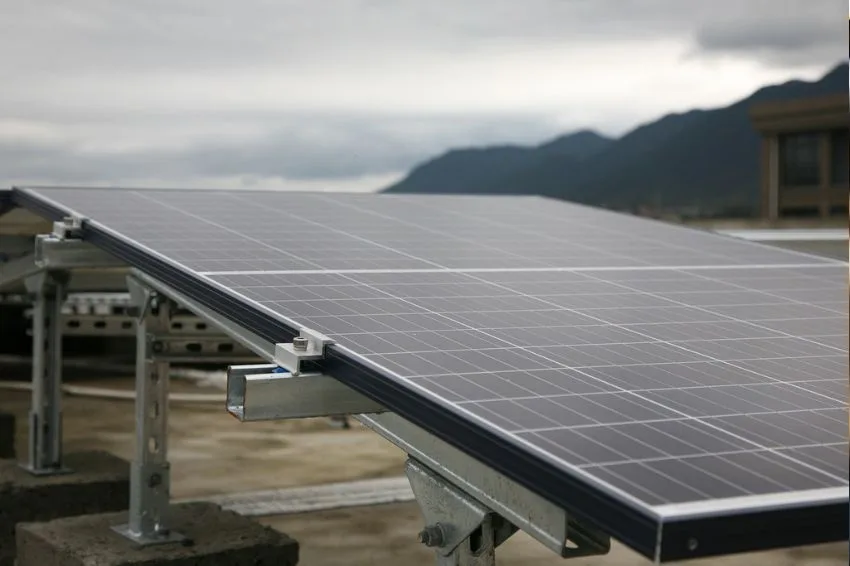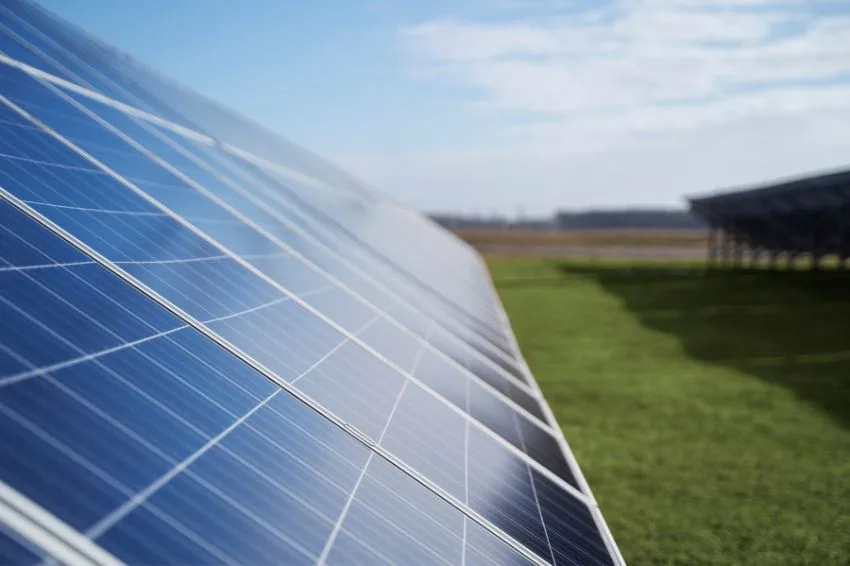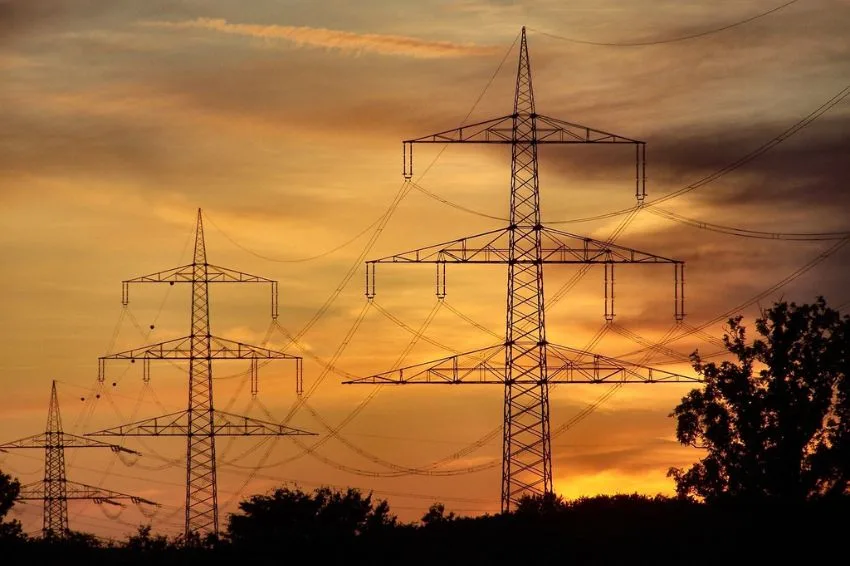O main subsystem in the country, the Southeast/Mid-West, responsible for accumulating 70% of water, should reach end of February 2023 with levels between 45.3% and 72.6% in the conservative and favorable scenarios, respectively.
This is what the ONS (National Electrical System Operator), which updated the scenarios for meeting energy demand over the next six months. The results indicate a better outlook than that recorded in previous years.
“In February 2021, a critical moment, the reservoirs had an average level of 29.5%. The forecast for 2023 is, in the most favorable hypothesis, higher than that measured in February 2022 (57.9%)”, they stated.
According to the Operator, in the other subsystems, estimates for the end of February next year also point to a similar scenario.
O Northeast subsystem, responsible for accumulating 18% of water, must reach levels between 76.2% and 80%, higher than that measured in February 2021 (52.2%) and similar to that in February 2022 (81.7%).
Already in South, projections point to levels between 40% and 42% in February 2023, a more favorable outlook compared to the level recorded at the end of the same period in 2022 (28.3%).
Finally, the estimate for the North subsystem indicates to levels between 73.8% and 96.5%, stability, in the most favorable scenario, in relation to February 2022 (97.8%) and higher than the same month in 2021 (52.2%).
More data
Studies conducted by the ONS also highlighted the following projections for ENA (Affluent Natural Energy) in February 2023, considering, respectively, the least and most optimistic scenarios in each of the subsystems.
The data shows 76% from MLT (Long Term Average) and 96% from MLT in the Southeast/Central-West; 44% from MLT and 66% from MLT in the South; 76% from MLT and 110% from MLT in the Northeast; and 100% from MLT and 157% from MLT in the North.
Regarding the SIN (National Interconnected System), the forecast for the same index for February 2023 is 75% for MLT in the most unfavorable scenario and 102% for MLT in more optimistic conditions.
Result
Projections for the end of February 2023 indicate the full energy service and power, that is, there is sufficient resources to meet all expected consumption.
According to the Operator, the result is positive It is strengthens the security of meeting demand for electricity of society in the coming months, even if the wet season takes a little longer to arrive.
“ENA prospects for the September-February period in the least favorable scenario were reduced by around 2.6 GWmed in relation to the August CMSE (Electricity Sector Monitoring Committee) meeting scenario. Considering the most optimistic hypothesis, the projected reduction is 1.9 GWmed compared to the previous estimate”, they highlighted.
During the CMSE meeting, the ONS also presented possible actions that could be adopted with the aim of guaranteeing energy supply on election days, as provided for in CMSE Resolution No. 1/2005.
It determines that the Operator must propose security initiatives in order to guarantee supply in highly relevant events. The ONS will soon publish the Communication Plan on the Operation of the National Interconnected System during the 2022 Elections.


